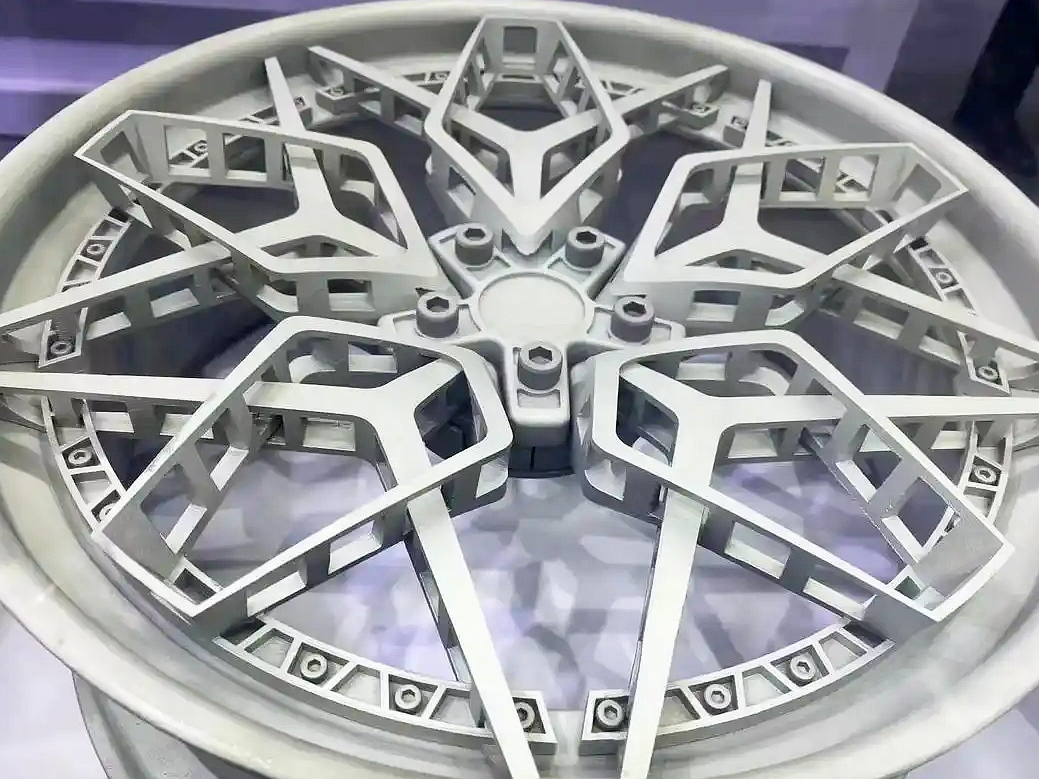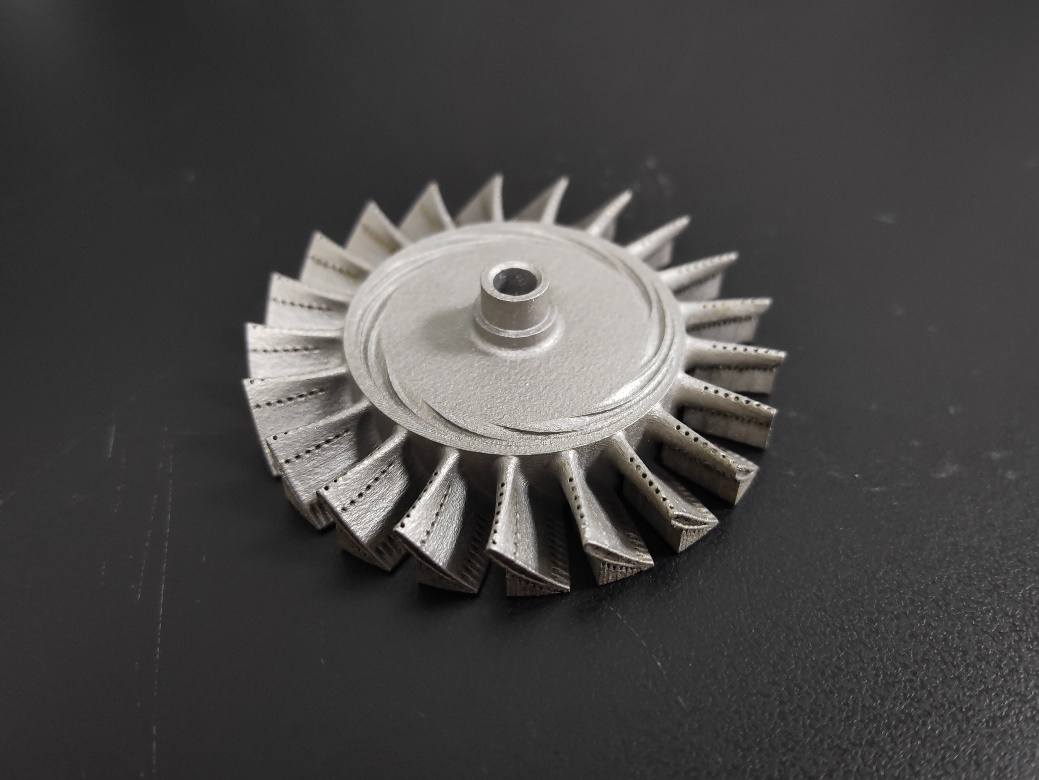How do the strengths of 3D printed and sand-cast aluminum parts compare?
Mechanical Property Comparison Between Manufacturing Methods
The strength characteristics of 3D printed aluminum parts versus traditional sand-cast components reveal significant differences rooted in their respective manufacturing methodologies. Additively manufactured aluminum components, typically produced using our Powder Bed Fusion technology with materials like Aluminum AlSi10Mg, generally demonstrate superior mechanical properties compared to sand-cast equivalents across multiple strength parameters.
Tensile and Yield Strength Performance
As-Manufactured Strength Properties
3D-printed aluminum components typically exhibit tensile strengths of 400-460 MPa and yield strengths of 240-280 MPa in the as-built condition, substantially exceeding the 150-250 MPa tensile strength and 70-150 MPa yield strength ranges common in sand-cast aluminum. This significant strength advantage stems from the fine, homogeneous microstructure and rapid solidification characteristics of the laser powder bed fusion process, which creates a refined cellular structure that impedes dislocation movement more effectively than the coarse, dendritic microstructure of sand-cast components.
Post-Processing Strength Enhancement
When 3D printed aluminum components undergo optimized Heat Treatment, their strength properties can be further enhanced or tailored to specific application requirements. T6 heat treatment typically increases yield strength to approximately 270-300 MPa while maintaining ductility. Sand-cast components similarly benefit from heat treatment, although their strength ceiling remains limited by inherent microstructural characteristics, including porosity and a coarse-grained structure.
Fatigue and Durability Characteristics
Crack Initiation Resistance
The fatigue performance of 3D printed aluminum demonstrates notable advantages over sand-cast equivalents, particularly in high-cycle fatigue regimes. The reduced internal defect population and finer microstructure of properly processed AM components delay fatigue crack initiation, extending component life in dynamic loading applications common in Aerospace and Aviation and Automotive sectors. Applications of Hot Isostatic Pressing (HIP) can further enhance fatigue performance by eliminating residual porosity.
Surface-Sensitive Performance
As-built 3D printed surfaces typically exhibit higher roughness than machined sand-cast surfaces, potentially creating stress concentration sites that can compromise fatigue performance. However, through strategic Surface Treatment and post-machining of critical features, AM components can achieve superior surface finish and corresponding fatigue strength. Sand-cast components often require extensive CNC Machining to achieve functional surfaces, adding manufacturing complexity.
Application-Specific Strength Considerations
Design-Driven Performance Advantages
The geometric freedom of additive manufacturing enables strength optimization through topological design approaches impossible to achieve with sand casting. Components produced via Directed Energy Deposition can incorporate internal lattice structures and conformal cooling channels, enhancing functional performance while maintaining structural integrity. This capability proves particularly valuable in Consumer Electronics and Robotics applications where weight-specific strength (strength-to-weight ratio) is critical.
Economic and Production Considerations
While 3D-printed aluminum offers superior mechanical properties, sand casting remains economically advantageous for very large components and high-volume production runs. The decision between manufacturing methods should consider the specific strength requirements, production volume, and economic constraints of each application. AM is typically selected for high-value, complex, or low-volume components where performance justifies the cost premium.



